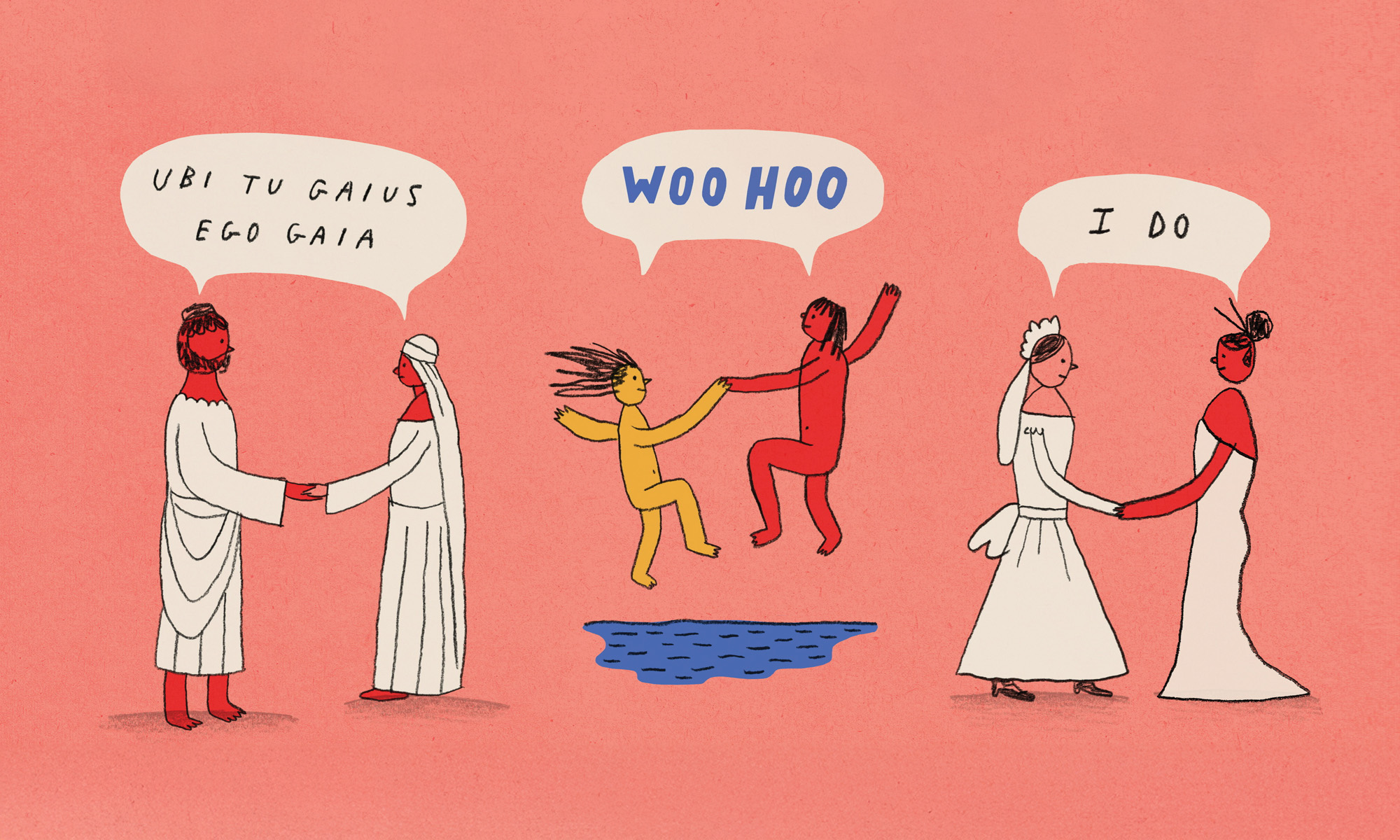Rochester philosopher Zeynep Soysal says opinion journalism helps the public navigate uncertainty—if its role is properly framed.
Criticism that opinion journalism blurs the lines of just-the-facts reporting and has no place among media outlets that stake their reputation on balanced coverage has intensified in recent years.
But as media fragmentation and public mistrust in journalism deepens, Zeynep Soysal, an associate professor in the Department of Philosophy at the University of Rochester, offers a fresh lens through which to understand opinion journalism.
Her new paper in Political Philosophy suggests that commentary, while often dismissed as biased and at odds with fact-based journalism, plays a vital role in a healthy democracy by “facilitating appropriate uncertainty” on unsettled questions of public import.
Navigating unanswered questions
There is no shortage of questions with unsettled answers. What principles should guide the allocation of public resources? What drives inflation, and what policies most effectively reduce it? What is the best way to end a war? These questions can be debated.
Opinion writers, Soysal argues, are in a strong position to help news consumers make sense of questions like these because they have the agency to convey the breadth and depth of potential answers and report on the total distribution of evidence.
Soysal’s research paid special attention to commentary in mainstream American newspapers, but she says her arguments can be applied to opinion journalism more broadly.
The origins of modern opinion journalism
The model of the modern newspaper opinion section was born on September 21, 1970, in The New York Times. That day, readers looking for the obituaries in their usual place opposite the editorial page found something new: essays by a political scientist, a Chinese novelist, and a journalist from Baltimore.
The section was a new form of journalism The Times called “the Op-Ed,” so named because it appeared opposite the editorial page and not, as many people supposed then and for decades afterward, because it offered “opinion editorials” or views contrary to, or “opposite of,” The Times’s editorials.
The idea was to, as The Times put it, “provide a forum for wide-ranging political, social, personal and whimsical expression and commentary on the issues of the day” and “stimulat[e] new thought and provok[e] new discussion on public problems.”
While the “Op-Ed” section became a must-read and spawned a new standard for the newspaper industry, it has been perennially dogged by confusion about its name and role in the ensuing decades. The Times renamed the section “Guest Essays” in 2021.
“A half century ago, Times editors made a bet that readers would appreciate a wider range of opinion,” The Times’s Opinion Editor Kathleen Kingsbury wrote in announcing the name change. “We are making much the same bet, but at a time when the scales of opinion journalism can seem increasingly tilted against the free and the fair, the sober and honest. We work every day to correct that imbalance.”
More transparency can build more trust
To preserve and enhance the good served by opinion journalism, Soysal makes a case for greater transparency on the part of authors and the news outlets as to the “epistemic status of claims,” or strength of evidence, in commentary.
“For instance, opinion journalists could explicitly mention the uncertainty of the issues discussed, using expressions of uncertainty and hedges (‘this is an unsettled question, and future evidence could shift our understanding’, ‘one reasonable interpretation is that’, etc.),” Soysal writes. “This type of flagging could be done at the level of individual opinion pieces, or at a more general level, for instance, in the general description of the opinion section.”
Soysal notes that opinion journalism is a growing part of the news media landscape, and she makes the case that, when properly framed, it is not only compatible with the mission of journalism but also integral to it.
“As I see it,” Soysal writes, “if newspapers were more explicit about this function—rather than relying on the brief, unclear, and sometimes even contradictory explanations they currently provide—it might help foster greater trust in opinion journalism and offer a stronger justification for its role in public discourse.”





